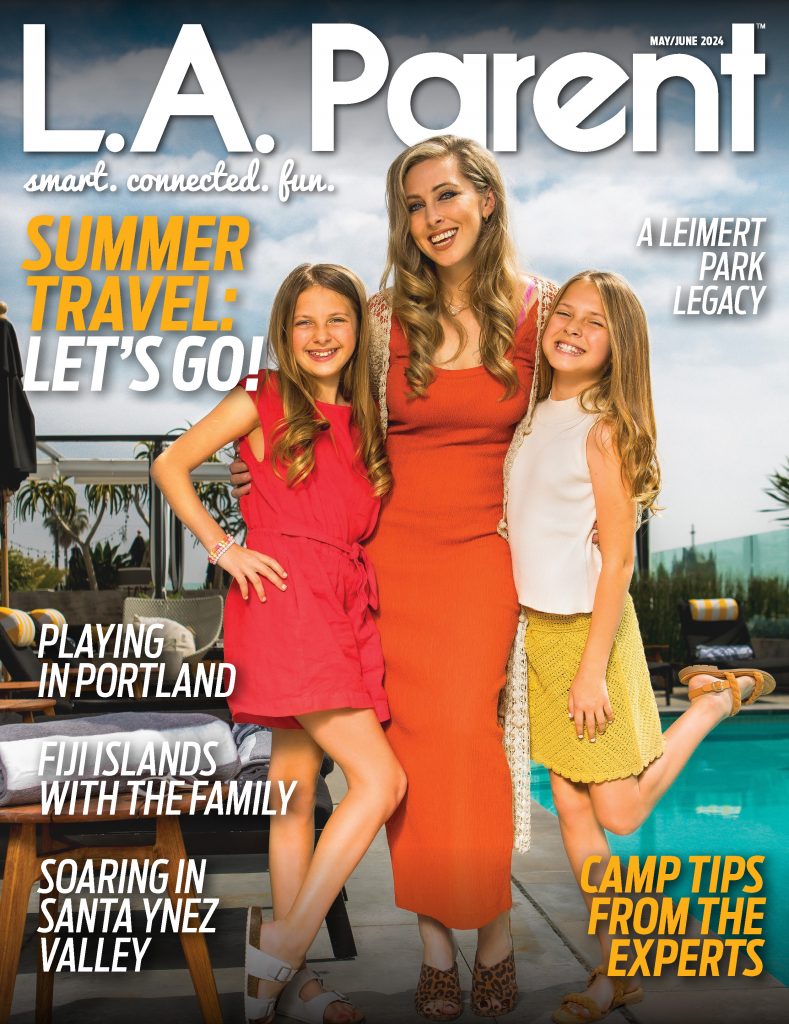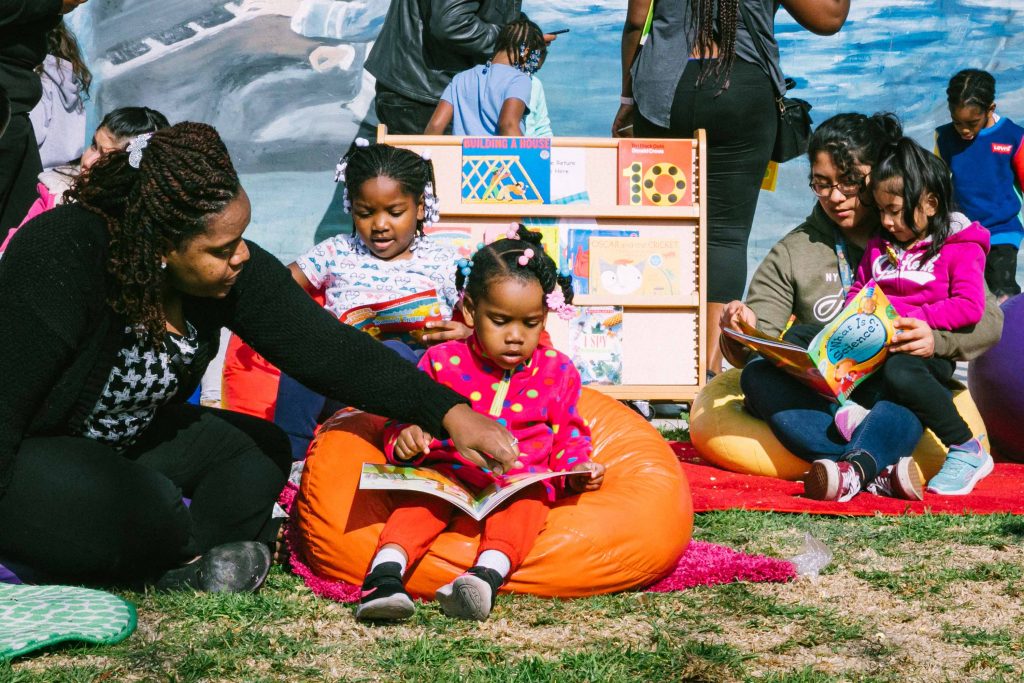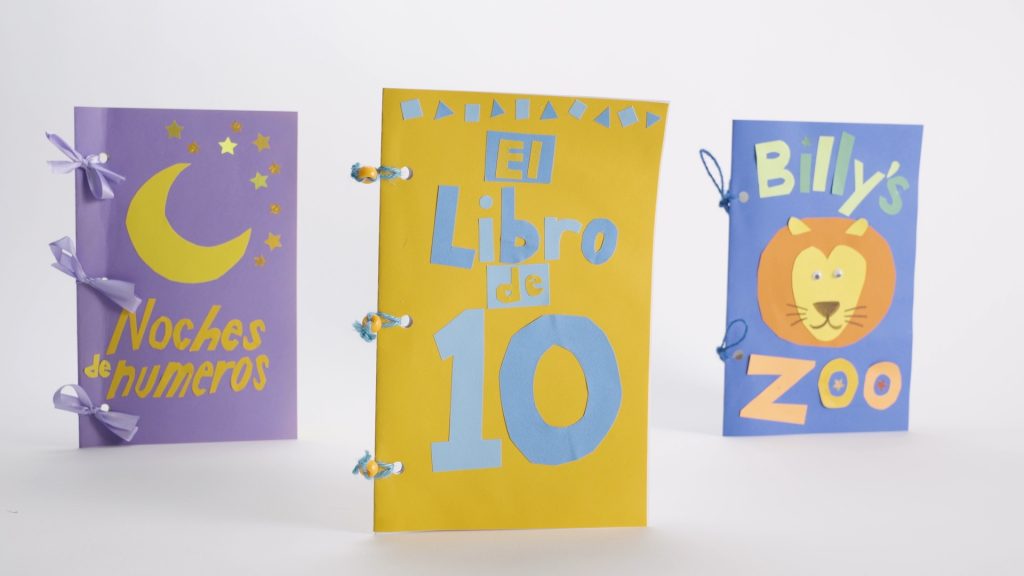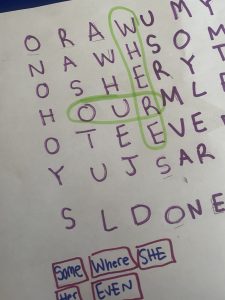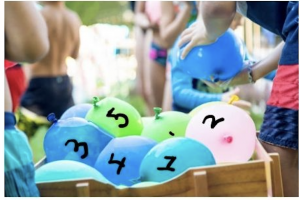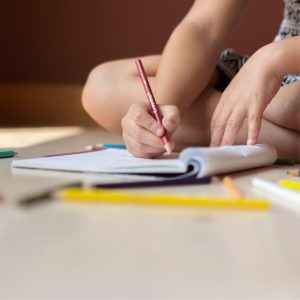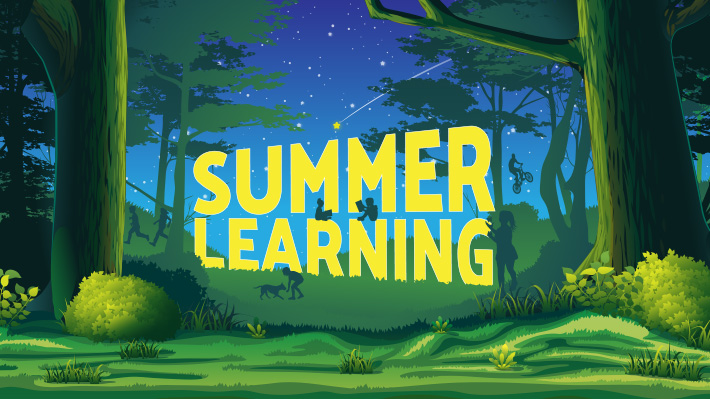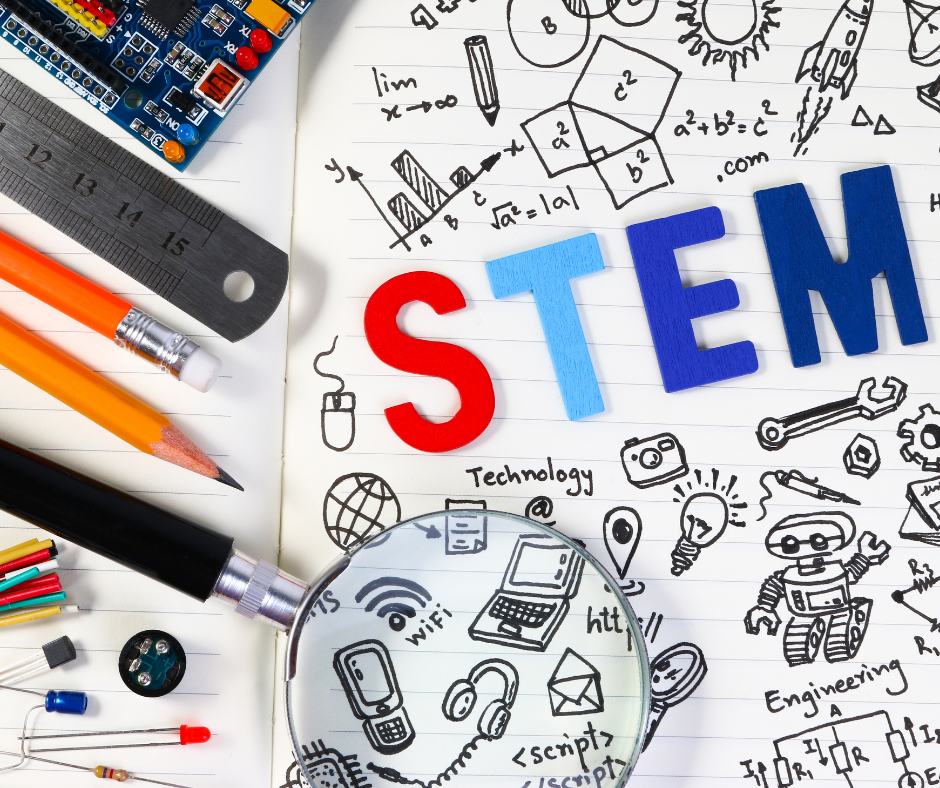“Tacos are semicircles,” my 2-year-old announces as we are cuddled on the couch reading “Round Is a Tortilla” by Roseanne Greenfield Thong. The book says tortillas and tacos are round, and the folded crunchy tacos illustrated on the page catch her attention.
When my daughter and I read together, it’s common for us to extend beyond the words on the page. We describe the images by their shapes, colors and sometimes even the sounds we think they would make. Along with helping us make connections to our own lives and experiences, reading together allows us to explore other concepts, such as math, science and art.
Books like “Round Is a Tortilla” make finding the bridge between reading and math easy by encouraging readers to seek round, square and triangular shapes. But any book we choose to read with our little ones can give us the chance to easily weave in conversations about math topics such as counting or patterns.
The National Association for the Education of Young Children (NAEYC) and the National Council of Teachers of Mathematics (NCTM) suggest that preschoolers’ foundational math knowledge is best supported when math becomes holistically integrated with other daily activities and subjects, including literacy. When children see how math can be used in real-world contexts and situations in the books they are reading, they begin to recognize that math is a part of their everyday life. As a result, children’s interest in math may grow and they may become motivated to learn other types of math concepts.
–Tarana Khan, Ph.D.
Show your kids that math is everywhere
So how do you interweave math during story time with your child, especially if the book is not as explicitly about math concepts as “Round Is a Tortilla?” Making observations about the position of objects in pictures, the lines and curves in letters and the patterns in words models for your child that math truly is everywhere.
When we think of math, our mind often goes to numbers and equations first. While understanding numbers and counting is an important part of a child’s math development, equally as important is their exposure to patterns, shapes, spatial relationships (where objects are and how they move), measurement and sorting. These six concepts form the basis of more advanced math topics such as algebra and trigonometry, as well as a child’s understanding of how the world around them works.
Here are some sample discussion openers:
“The girl is hiding behind the bush. Do you see her?”
“What does the silly monkey have on top of his head?”
“I noticed that some letters have curves like C and some have lines like A. Let’s see if we can find another letter with curves.”
“The noise the dog is making is a pattern: ‘Woof! Woof! Yap! Yap!’”
Research shows that math understanding at school entry is the strongest predictor of later success in math and, in some cases, reading.
–Rosemary Miller, Ed.D.
Make an illustrated counting book
For more fun, hands-on ways to continue exploring math and literacy together, try making a version of PBS SoCal’s illustrated counting book.
Illustrated Counting Book
Learning Goal: Practice counting with words and numbers
What You’ll Need:
- Sheets of paper
- Hole puncher or scissors
- String
- Markers
Steps:
- Make the book. Fold three sheets of paper lengthwise in half. Make three small holes along the fold. Loop a piece of string into each hole and tie the ends.
- Write the book. Title the book and number the pages 1-10. Go back to page 1 and write the word “ONE” on top so both the number and the word are on the page. Repeat on all the pages.
- Illustrate the book. Draw the objects, such as 1 pear, 2 pencils and 3 cars, on each page.
- Read the book. Count out loud together as you touch each object. What happens if you read the book backward? Try to count from 10 to 1. Count how many pages are in the book and try reading the book from big numbers to small numbers.
Check out the Family Math Book List for some great book recommendations that make it easy to practice math while reading together.
Tarana Khan, Ph.D., is the Education Research and Evaluation Analyst at PBS SoCal. She received her Ph.D. in education with a specialization in human development from UC Irvine. Rosemary Miller, Ed.D., is Senior Director of Early Learning for PBS SoCal.





















